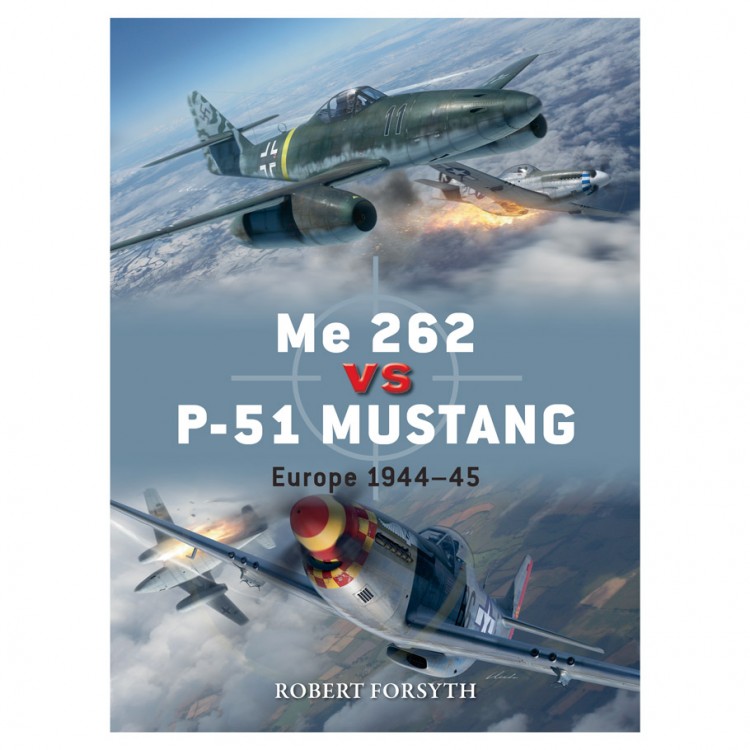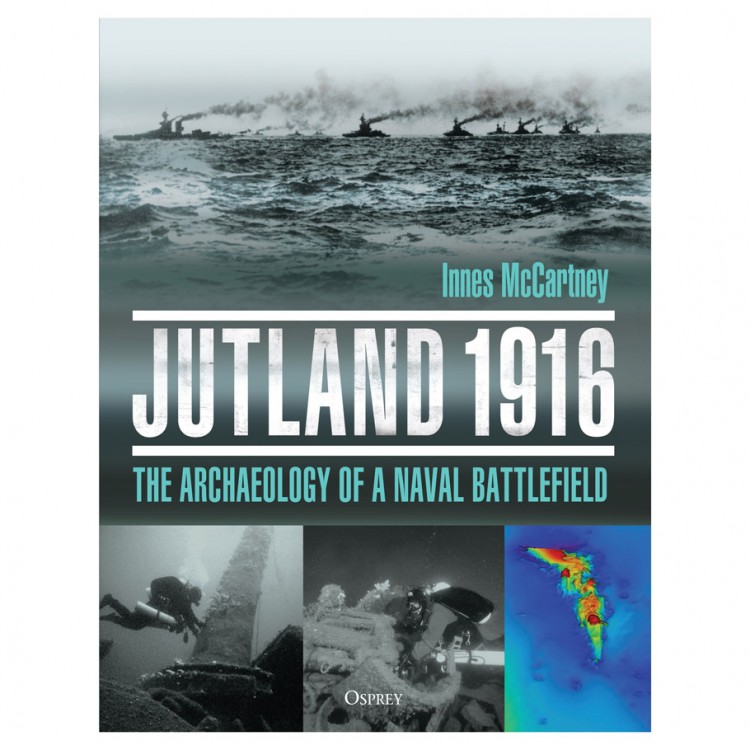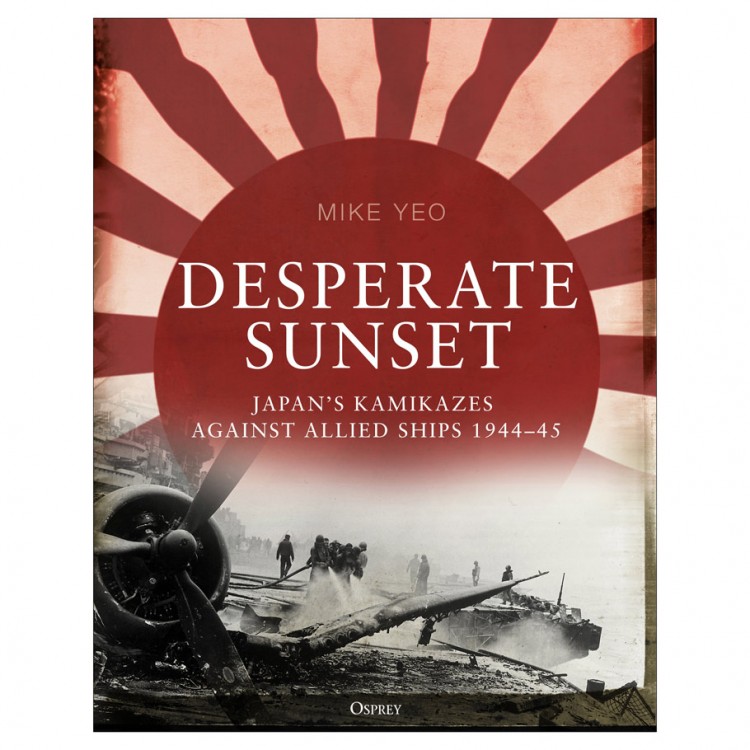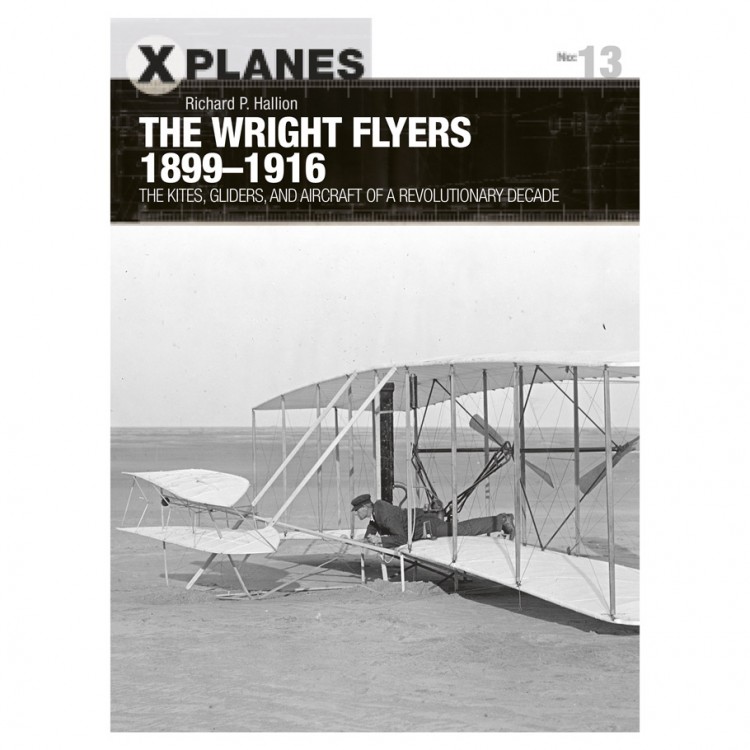Order by Date: November 1,
2019
Release Date: December 2019
|
$30.00 SRP
SDI
The Aesir are dead, and the Vanir, now uncontested in their divinity, come to claim what is left of the Nine Realms. The War Clans must oppose, or align with, these new foes.
Ragnarok: The Vanir features new Godsparks that War Clans may harness to combat the marauding Vanir, as well as new scenarios, monsters, and options to further develop players' campaigns.
Author: Tim Korklewski
Illustrator: RU-MOR
|
|
Order by Date: November 15, 2019Street Date: December 24, 2019
_________________________________________________________
OSPDUE100Me 262 vs P-51 Mustang
$22.00 SRP
SDI
Arguably two of the finest fighters built during the course of World War II, the Me 262 and P-51 Mustang heralded new dawns in aircraft performance. Making its operational debut in the summer of 1944, and powered by the Jumo 004 jet engine, the Me 262 outclassed Allied planes in terms of speed and firepower ratio, offering a formidable punch with four 30 mm MK 108 nose-mounted cannons. However, in the P-51, fitted with the Rolls-Royce (Packard) Merlin engine and drop tanks, the USAAF finally had a fighter that had the ‘legs' to escort its heavy bombers deep into Reich airspace and back. If flown to its strengths, the P-51 was more than capable of taking on the feared Me 262 on an equal footing, despite the differences in power and top speed. Indeed, the Mustang proved to be the Luftwaffe fighter arm's nemesis. When the P-51D sortied over Germany from the summer of 1944 onwards, it shredded through the ill-trained and depleted Gruppen of the Luftwaffe's defence wings.
This book examines the two fighters in detail, exploring their history and development and containing accurate descriptions of the combats between the P-51 Mustang and the Me 262 in what were some of the most bitter and large-scale aerial actions fought over Europe in 1944-45.
Author: Robert Forsyth
Illustrators: Jim Laurier and Gareth Hector
80 page softcover
|
OSPGNM394
Royal Dragoon Guards: A Regimental History, 1685–2018
$20.00 SRP
SDI
The Royal Dragoon Guards have a long and distinguished history dating from 1685. Originally raised as regiments of horse and dragoons, they were subsequently designated as the 4th, 5th and 7th Dragoon Guards and the 6th (Inniskilling) Dragoons. They fought in all of Britain's major wars from the late 17th century onwards, charging at Blenheim with Marlborough's cavalry, at Waterloo with the Union Brigade, and at Balaklava with the Heavy Brigade. In the 19th century, they also saw service in India and Africa.
All four regiments served in France and Flanders during the First World War and one regiment fired the first British shot on the Western Front. They were then amalgamated into two regiments - the 4th/7th Royal Dragoon Guards and the 5th Royal Inniskilling Dragoon Guards. Both regiments were mechanised shortly before the Second World War, in which they played a leading role in the D-Day landings. In 1992, the two regiments amalgamated again to form the Royal Dragoon Guards. Recent conflicts have taken the regiment to Iraq and Afghanistan, continuing a record of operational service covering more than three centuries.
This regimental history of the Dragoons tells their story as it played out across the centuries, exploring their role in both major and minor conflicts of the last 300 years. The title examines the development of the regiment up to the present day and highlights key figures across its history. The text is supported throughout with photographs and illustrations.
Author: Peter Macfarlane
Softcover
|
|
$19.00 SRP
SDI
Amphibious assault ships have been at the centre of nearly all of Britain's expeditionary campaigns since World War II, from the Suez crisis of 1956 to operations as far afield as Borneo (1963-66), the Falklands (1982), Sierra Leone (2000) and Iraq (2003).
In major operations such as Suez and the Falklands, the use of amphibious assault ships was essential to the military success of the campaigns. The Suez Crisis saw two of the Royal Navy's former light fleet carriers converted into 'commando carriers' to specialise in amphibious warfare. In the 1960s these were followed by the famous Fearless class ships - the first purpose-built amphibious assault ships in the Royal Navy. With an internal dock, headquarters capability, and multiple landing craft, these 'Landing Platform Docks' were built to project power around the world. When the Falklands were invaded, HMS Fearless was the key to the successful landing in San Carlos.
In the 1990s, a new generation was ordered: the helicopter carrier HMS Ocean and the Albion class LPDs. In recent years Ocean, Albion and Bulwark have been the largest fighting ships of the Royal Navy and have acted as the navy's flagships, as well as being perhaps the most versatile ships in the navy.
This title is an essential guide to British Amphibious Assault Ships across the decades, from the mighty Fearless to the modern Albion. Packed with full-colour illustrations, contemporary photography, and detailed analysis, this definitive work explores the history, development, and deployment of the Royal Navy's front line.
Author: Edward Hampshire
Illustrator: Adam Tooby
Softcover
|
|
$21.95 SRP
The Battle of Jutland was the largest naval battle and the only full-scale clash of battleships in the First World War. For years the myriad factors contributing to the loss of many of the ships remained a mystery, subject only to speculation and theory.
In this book, marine archaeologist and historian Dr Innes McCartney reveals for the first time what became of the warships that vanished on the night of 31st May 1916, examining the circumstances behind the loss of each ship and reconciling what was known in 1916 to what the archaeology is revealing today. The knowledge of what was present was transformed in 2015 by a groundbreaking survey using the modern technology of multi-beam. This greatly assisted in unravelling the details behind several Jutland enigmas, not least the devastating explosions which claimed five major British warships, the details of the wrecks of the 13 destroyers lost in the battle and the German warships scuttled during the night phase.
This is the first book to identify the locations of many of the wrecks, and – scandalously – how more than half of these sites have been illegally plundered for salvage, despite their status as war graves. An essential and revelatory read for anyone interested in naval history and marine archaeology.
Author: Innes McCartney
|
|
OSPGNM301
Desperate Sunset: Japan’s Kamikazes Against Allied Ships 1944–45
$45.00 SRP
SDI
SOO
In a last, desperate bid to stave off defeat, Japan’s High Command launched the terrifying kamikaze attacks. This fully illustrated book examines Imperial Japan's last throw of the dice.
Fully illustrated throughout, Desperate Sunset examines the development and evolution of the kamikaze using first-hand accounts, combat reports, and archived histories.
By the middle of 1944, Imperial Japan’s armed forces were in an increasingly desperate situation. Its elite air corps had been wiped out over the Solomons in 1942-43, and its navy was a shadow of the force that had attacked Pearl Harbor in 1941. But the Japanese had one last, desperate, card to play.
The Japanese High Command decided that the way to inflict maximum damage on the superior enemy forces was to get the poorly trained Japanese pilots to crash their explosive-laden aircraft onto their target, essentially turning themselves into a guided missile. The kamikazes announced themselves in the immediate aftermath of the Leyte Gulf naval battles, sinking the USS St. Lo and damaging several other ships. The zenith of the kamikaze came in the battle of Okinawa, which included ten kikusui (Floating Chrysanthemum) operations that involved up to several hundred aircraft attacking the US fleet.
|
|
Order by Date: December 1, 2019
Street Date: December 24, 2019
_________________________________________________________
|
$22.00 SRP
SDI
Orville and Wilbur Wright, two bicycle-making brothers from Dayton, Ohio, secured their place as the most famous names in aviation history when, on December 17, 1903, they made the first powered, controlled, and sustained heavier-than-air flight. But their success over the cold and windswept Carolina dunes that day has overshadowed their many other accomplishments before and after that historic flight. The Wrights' progression from theory to analysis to ground-testing components and wing shapes, and then to flight-testing kites, gliders, and their first powered aeroplane, marked the world's first successful ‘X-Plane' research and development programme. They established a template all subsequent aircraft have followed, one still relevant in the era of hypersonic flight and drone research.
This book traces the Wright Brothers' story, from their first success on that cold December day throughout their glory years to their eventual eclipse by other aviators. It explores in detail the process that lead them to their pioneering craft and their many subsequent achievements over the following years, and highlights their enduring importance in the age of modern flight.
Author: Richard P. Hallion
Illustrator: Adam Tooby
Softcover
|
|








No comments:
Post a Comment